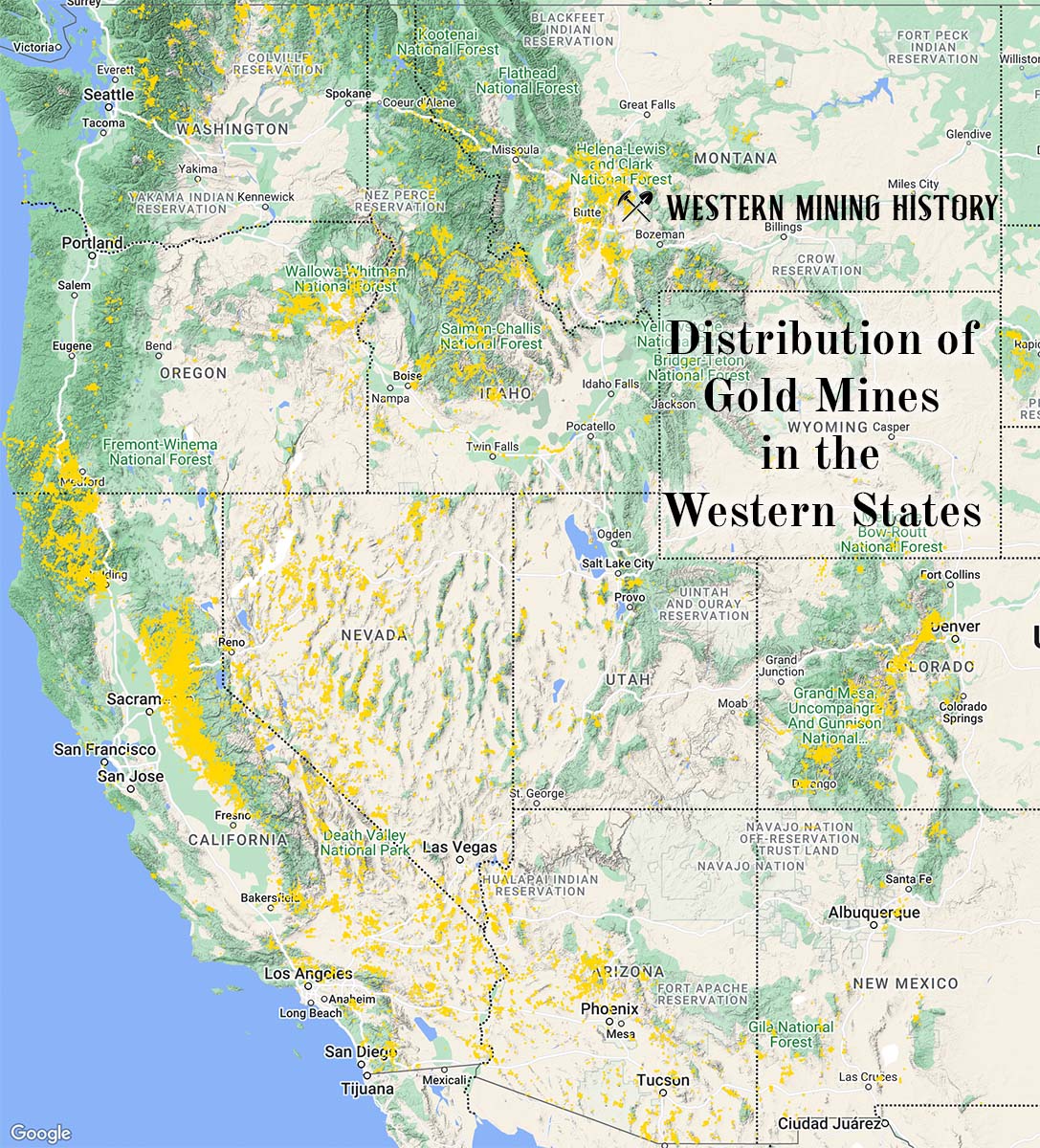The Boulder Creek is a tin mine located in Alaska.
About the MRDS Data:
All mine locations were obtained from the USGS Mineral Resources Data System. The locations and other information in this database have not been verified for accuracy. It should be assumed that all mines are on private property.
Mine Info
Boulder Creek MRDS details
Site Name
Primary: Boulder Creek
Commodity
Primary: Tin
Secondary: Tungsten
Secondary: REE
Secondary: REE
Location
State: Alaska
District: Port Clarence
Land Status
Not available
Holdings
Not available
Workings
Not available
Ownership
Not available
Production
Not available
Deposit
Record Type: Site
Operation Category: Prospect
Operation Type: Unknown
Years of Production:
Organization:
Significant:
Physiography
Not available
Mineral Deposit Model
Model Name: Alluvial placer Sn
Orebody
Not available
Structure
Not available
Alterations
Not available
Rocks
Not available
Analytical Data
Not available
Materials
Ore: Cassiterite
Ore: Monazite
Ore: Scheelite
Ore: Xenotime
Comments
Comment (Reference): Primary Reference = Heide and Sanford, 1948; Mulligan and Thorne, 1959; Mulligan, 1966
Comment (Geology): Age = Quaternary
Comment (Geology): Geologic Description = Boulder Creek drains across the north contact of the Late Cretaceous (78.8 +/- 2.9 my; Hudson and Arth, 1983. p. 769) Cape Mountain biotite granite where it intrudes Mississippian marble and limestone (Sainsbury, 1972). Detrital cassiterite is present throughout the steep and boulder-clogged headwater reaches but the placer deposits are best developed at lower elevations (100 to 250 foot surface elevations) where the stream gradient decreases and the drainage enters onto the coastal lowland. The upstream portions of this placer in Boulder Creek valley characteristically have a well defined, narrow (less than 80 feet wide) pay streak with an average tin content of one pound tin per cubic yard (based on 22 churn-drill holes; Mulligan, 1996, p. 19). The lower part of the placer, where the drainage enters onto the coastal lowland, is more dispersed, both laterally and vertically. Here pay can be 30 to 40 feet thick and 1,200 feet or more in width. The tin content of this more dispersed, lower part of the placer is less; 54 churn-drill holes indicate average grades of 0.5 pounds (or less) tin per cubic yard. This lower grade part of the deposit does not extend downstream below about 100 feet surface elevation. Beach deposits with shell fragments were encountered in some churn-drill holes from lower parts of the placer deposit (at about 80-100 feet elevation). Reworking of alluvial deposits by beach processes may be reponsible for the more dispersed character of this part of the placer (Mulligan and Thorne, 1959, p. 47-48). Some of the placer concentrates are radioactive. Seven samples had eU contents of 0.003 to 0.021 %. This radioactivity is approximately porportional to the amount of monazite and xenotime that is present. Most of the radioactivity may be due to thorium but traces of uranium were identified in the samples (Mulligan, 1966, p. 62).
Comment (Workings): Workings / Exploration = Churn-drill programs by USBM and a private company (Zender Gold Mining Company) were reported by Mulligan and Thorne (1959) and Mulligan (1966). The lower reach of Boulder Creek, from about 100 feet elevation to the stream mouth at Lopp Lagoon and including some adjacent parts of Lopp Lagoon, were explored by Molybdenum Corporation of America in 1938. This churn-drilling program reportedly found little tin (Mulligan, 1966, 21).
Comment (Deposit): Model Name = Alluvial tin placer (Cox and Singer, 1986; model 39e)
Comment (Reserve-Resource): Reserves = Not defined
Comment (Exploration): Status = Inactive
References
Reference (Deposit): Cobb, E.H., 1975, Summary of references to mineral occurrences (other than mineral fuels and construction materials) in the Teller quadrangle, Alaska: U.S. Geological Survey Open-File Report 75-587, 130 p.
Reference (Deposit): Hudson, T.L., and Arth, J. G., 1983, Tin-granites of Seward Peninsula, Alaska: Geological Society of America Bulletin, v. 94, p. 768-790.
Reference (Deposit): Sainsbury, C.L., 1972, Geologic map of the Teller quadrangle, Seward Peninsula, Alaska: U.S. Geological Survey Map I-685, 4 p., 1 sheet, scale 1:250,000.
Reference (Deposit): Cobb, E.H., and Sainsbury, C.L., 1972, Metallic mineral resource map of the Teller quadrangle, Alaska: U.S. Geological Survey Miscellaneous Field Studies Map MF-426, 1 sheet, scale 1:250,000.
Reference (Deposit): Mulligan, J.J., 1966, Tin-lode investigations, Cape Mountain area, Seward Peninsula, Alaska; with a section on petrography by W. L. Gnagy: U.S. Bureau of Mines Report of Investigations 6737, 43 p.
Reference (Deposit): Heide, H.E., and Sanford, R.S., 1948, Churn drilling at Cape Mountain tin placer deposits, Seward Peninsula, Alaska: U.S. Bureau of Mines Report of Investigations 4345. 14 p.
Reference (Deposit): Mulligan, J.J., and Thorne, R.L., 1959, Tin-placer sampling methods and results, Cape Mountain district, Seward Peninsula, Alaska: U.S. Bureau of Mines Information Circular 7878, 69 p.
The Top Ten Gold Producing States

These ten states contributed the most to the gold production that built the West from 1848 through the 1930s. The Top Ten Gold Producing States.